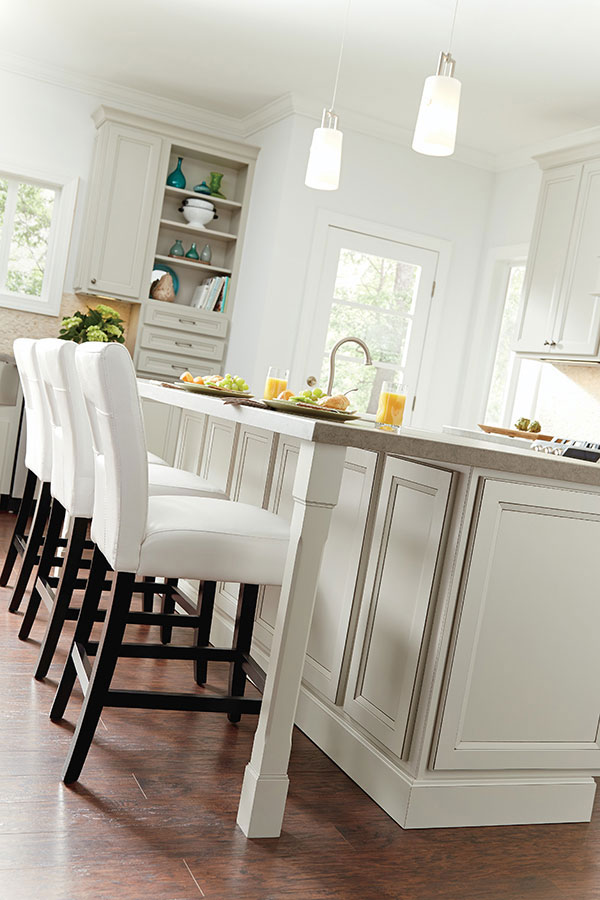Add Security and Beauty with Strong Legs For Kitchen Island Installments
Add Security and Beauty with Strong Legs For Kitchen Island Installments
Blog Article
Vital Aspects to Think About When Selecting Legs For Kitchen Island
Selecting the ideal legs for a kitchen island involves a careful analysis of numerous aspects that can dramatically influence both capability and visual charm. As we discover these aspects, it ends up being clear that each decision can have significant implications for the general cooking area experience.
Product Options
When choosing legs for a kitchen island, recognizing the various material choices is vital for achieving both aesthetic appeal and structural integrity (Legs For Kitchen Island). The choice of material dramatically affects not only the resilience of the island however likewise its overall design and functionality
Timber is a popular choice, supplying warmth and convenience. Solid hardwoods, such as oak or maple, offer toughness and can be stained or painted to match the cooking area style. Metal legs, commonly made from stainless steel or wrought iron, contribute a modern and commercial feel while making sure toughness and security. These materials are immune to wear and can sustain considerable weight, making them ideal for bigger islands.
Another option is engineered materials, like MDF or plywood, which can be more economical while still supplying a variety of surfaces. They may not give the very same degree of stability as strong timber or steel. Legs For Kitchen Island. Lastly, products such as acrylic or glass can create a modern look, though they might require added assistance to guarantee security.
Inevitably, the selection of material for kitchen area island legs need to straighten with the desired performance and the total style of the kitchen.
Design and Style
:max_bytes(150000):strip_icc()/pink-marble-tile_House-of-Harvee-9f030193ae38484a9cb7ea2d71af66f4.jpg)
When thinking about design, the shape and coating of the legs are essential. Conical legs can supply a feeling of agility and style, while thicker, a lot more durable legs can share toughness and security. Additionally, the coating-- be it painted, stained, or all-natural-- ought to match the cabinets and kitchen counter products to produce a unified appearance.
In addition, the style of the legs can likewise show personal taste. Personalized or ornamental legs, such as those including complex makings or special geometric forms, can function as focal factors, adding character and personality to the kitchen area. Eventually, the best choice will not just boost capability yet also boost the aesthetic charm, making the kitchen island a standout feature of the home.
Height Factors To Consider
Selecting the ideal height for kitchen area island legs is important, as it directly influences both performance and comfort. The typical elevation more tips here for a kitchen island normally varies from 36 to 42 inches, lining up with usual counter top elevations.

It is additionally vital to represent customers' elevations and preferences. Personalizing the height can guarantee a comfortable experience for all relative, making the kitchen island a much more functional and delightful space.
Weight Assistance
Making sure sufficient weight assistance for cooking area island legs is essential for both security and performance. The cooking area island commonly offers multiple functions, including food preparation, eating, and extra storage, necessitating a durable assistance structure. When picking legs, it is crucial to consider the total weight capacity called for based upon the island's planned use and the materials that will certainly be positioned on it.
The choice of product for the legs plays a substantial role in their weight-bearing capacities. Solid timber, metal, and heavy-duty composites generally supply remarkable strength compared to lighter materials. Additionally, the design of the legs-- whether they are straight, tapered, or have a pedestal form-- can influence their ability to distribute weight efficiently throughout the framework.
Always consult the supplier's specs relating to lots limitations to ensure that the legs can sustain the desired weight without compromising security. In recap, choosing kitchen area island legs with ample weight support is crucial for producing a useful and secure cooking space.
Installation and Upkeep
Correct installment and maintenance of cooking area island legs are vital for making sure long life and stability. This often entails safeguarding the legs to the island base using ideal fasteners, making certain that the legs are level and straightened.
Once set up, regular maintenance is essential to protect the integrity and look of the legs - Legs For Kitchen Island. For wooden legs, regular cleansing with a damp fabric and application of ideal wood gloss can prevent wetness damage and preserve their coating. Metal legs may call for a gentle cleaning option to get rid of grease and gunk, adhered to by a completely dry cloth to stop rust formation
In addition, evaluate the legs frequently for indications of wear or damages, such as splits or loose joints. Tightening up screws or screws as required can additionally lengthen the life-span of the legs. By sticking to these installation and maintenance practices, homeowners can guarantee that their kitchen area island continues to be sturdy and visually appealing for years to come.
Conclusion

Visual comprehensibility is paramount in selecting the style and layout of legs for a kitchen area island, as these aspects greatly influence the overall atmosphere of the area. Conical legs can provide a sense of lightness and style, while thicker, more robust legs can convey strength and stability.Choosing the suitable height for kitchen area island legs is critical, as it straight influences both capability and convenience. In recap, choosing kitchen area island legs with appropriate weight assistance is necessary for developing a secure and useful cooking area.
In final thought, choosing legs for a kitchen island necessitates cautious consideration of different elements, including product alternatives, design, elevation, weight support, and installation.
Report this page